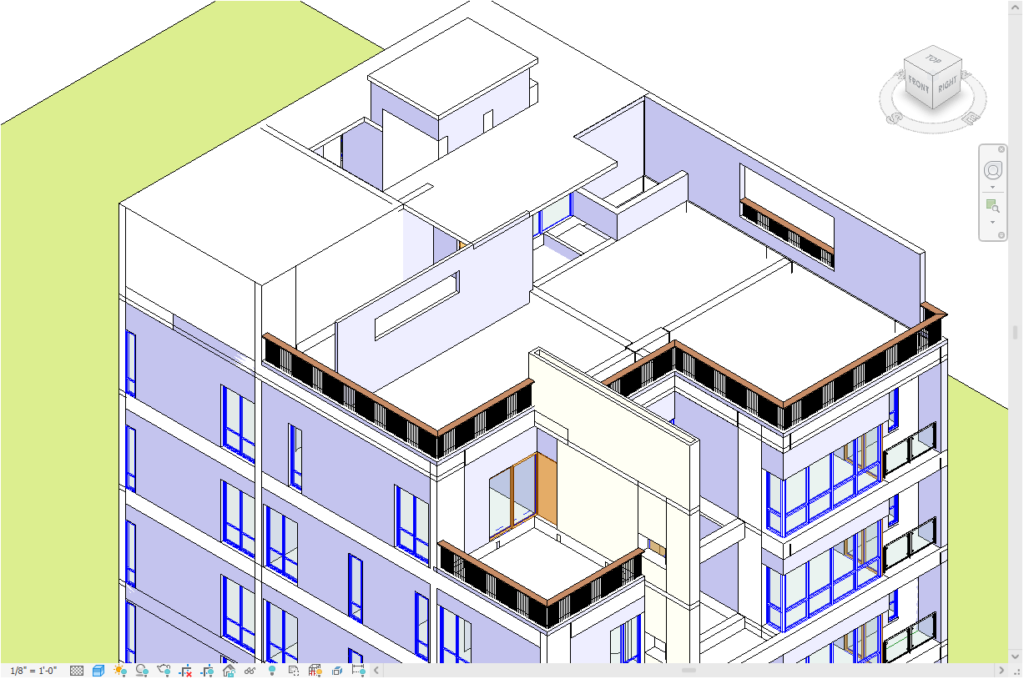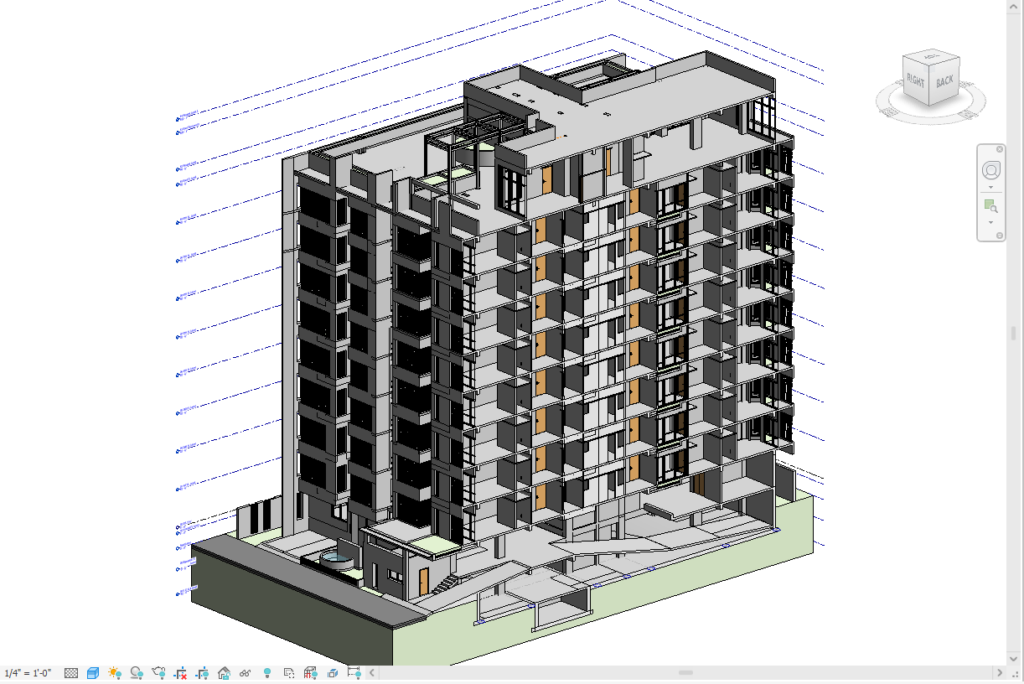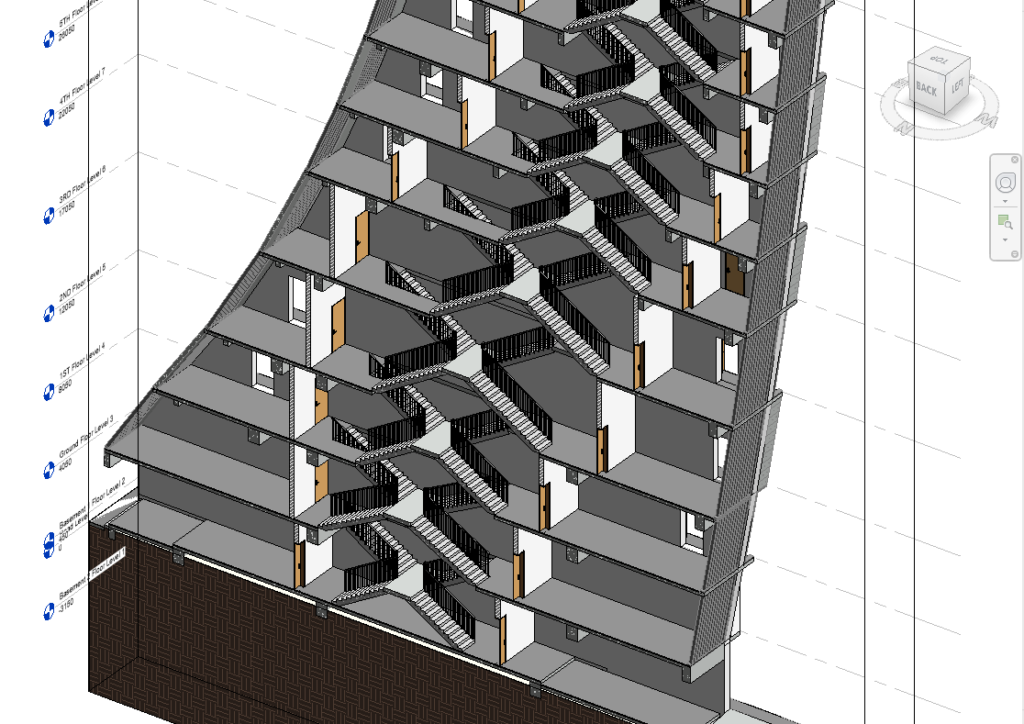
Introduction
Revit families are the building blocks of your Revit projects, enabling you to create detailed and adaptable models. Mastering Revit families can significantly enhance your design workflow and improve project efficiency. In this comprehensive guide, we’ll explore how to create, customize, and manage Revit families to unlock their full potential.
1. Understanding Revit Families
Revit families are parametric components used to build your Revit model. They can represent anything from architectural elements like doors and windows to mechanical components like pipes and ducts. Families are categorized into:
- System Families: Built into Revit and include elements like walls, floors, and roofs.
- Loadable Families: Created or imported into your project and include elements like furniture, fixtures, and equipment.
- In-Place Families: Custom elements created directly within a project for unique, non-repetitive components.
2. Creating Revit Families
Creating custom Revit families allows you to tailor your models to specific project requirements. Follow these steps to create a family:
- Define the Family Template: Choose an appropriate family template based on the type of component you’re creating.
- Set Parameters: Define the parameters that control the family’s dimensions, materials, and behavior. Parameters can be type-based or instance-based.
- Model the Geometry: Use Revit’s modeling tools to create the geometry of the family component.
- Apply Constraints: Apply constraints to ensure the family behaves as expected when parameters are modified.
- Save and Load: Save the family and load it into your project for use.
3. Customizing Revit Families
Customizing Revit families allows you to create flexible and adaptable components. Consider the following customization techniques:
- Nested Families: Create nested families by embedding one family within another. This technique is useful for complex assemblies.
- Type Catalogs: Use type catalogs to define multiple types of a family with different parameter values, making it easy to switch between variations.
- Shared Parameters: Define shared parameters to ensure consistency across multiple families and projects.
- Formulas: Use formulas to create dynamic relationships between parameters, enabling automatic updates based on changes.
4. Managing Revit Families
Efficient management of Revit families is crucial for maintaining a well-organized project:
- Family Library: Organize your family library into logical categories and subcategories for easy access and retrieval.
- Family Standards: Establish and adhere to family standards, including naming conventions, parameter usage, and modeling practices.
- Regular Updates: Regularly update your families to incorporate new features, improvements, and feedback.
- Quality Control: Implement quality control measures to ensure families are accurate, reliable, and meet project requirements.
5. Best Practices for Revit Families
To maximize the efficiency and effectiveness of your Revit families, follow these best practices:
- Keep It Simple: Avoid overcomplicating families with unnecessary details and parameters. Focus on essential elements and functionality.
- Test Thoroughly: Test families thoroughly to ensure they behave as expected in different scenarios and projects.
- Document Parameters: Clearly document the purpose and usage of parameters to ensure consistency and ease of use.
- Collaborate: Collaborate with team members to share best practices, tips, and insights for creating and managing families.
Conclusion
Mastering Revit families is a valuable skill that can enhance your design workflow and improve project outcomes. By creating, customizing, and managing families effectively, you can create detailed and adaptable models that meet your project’s specific needs. Embrace these techniques and best practices to unlock the full potential of Revit families and elevate your architectural design process.


